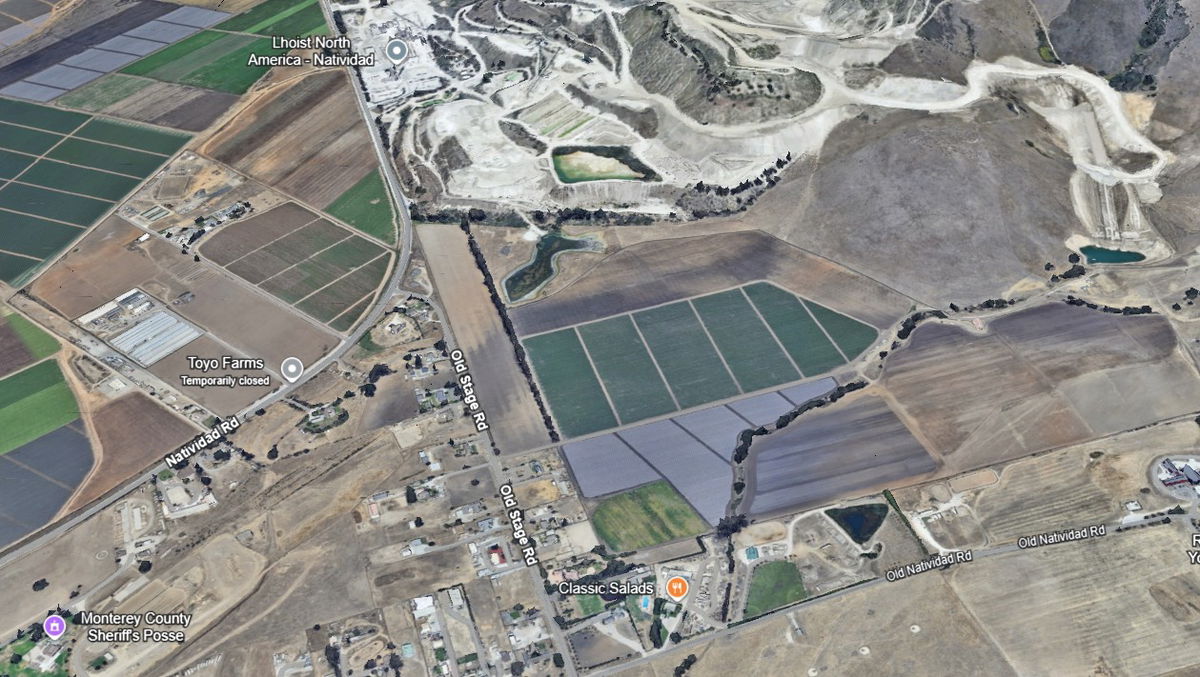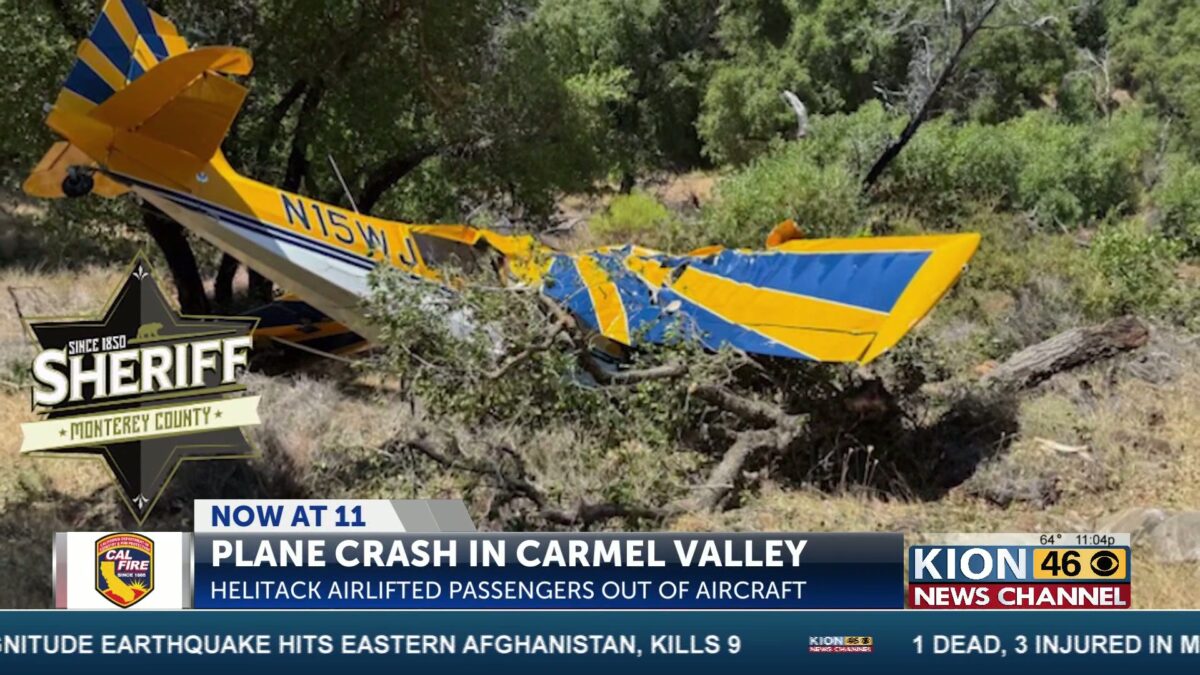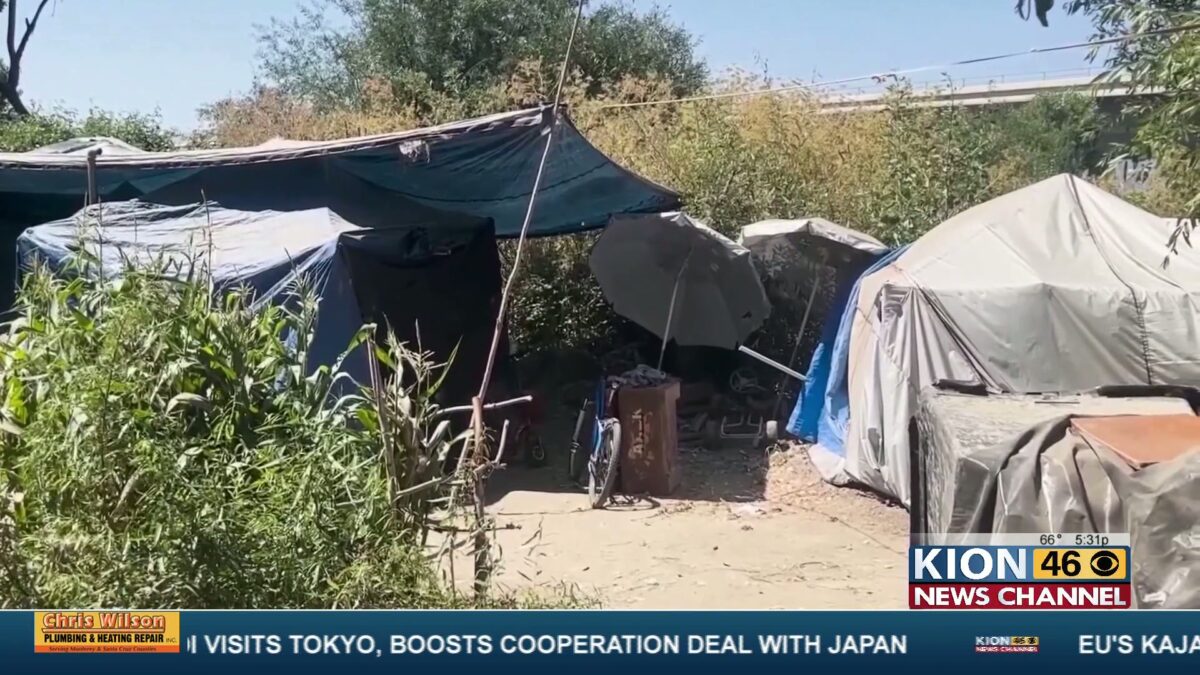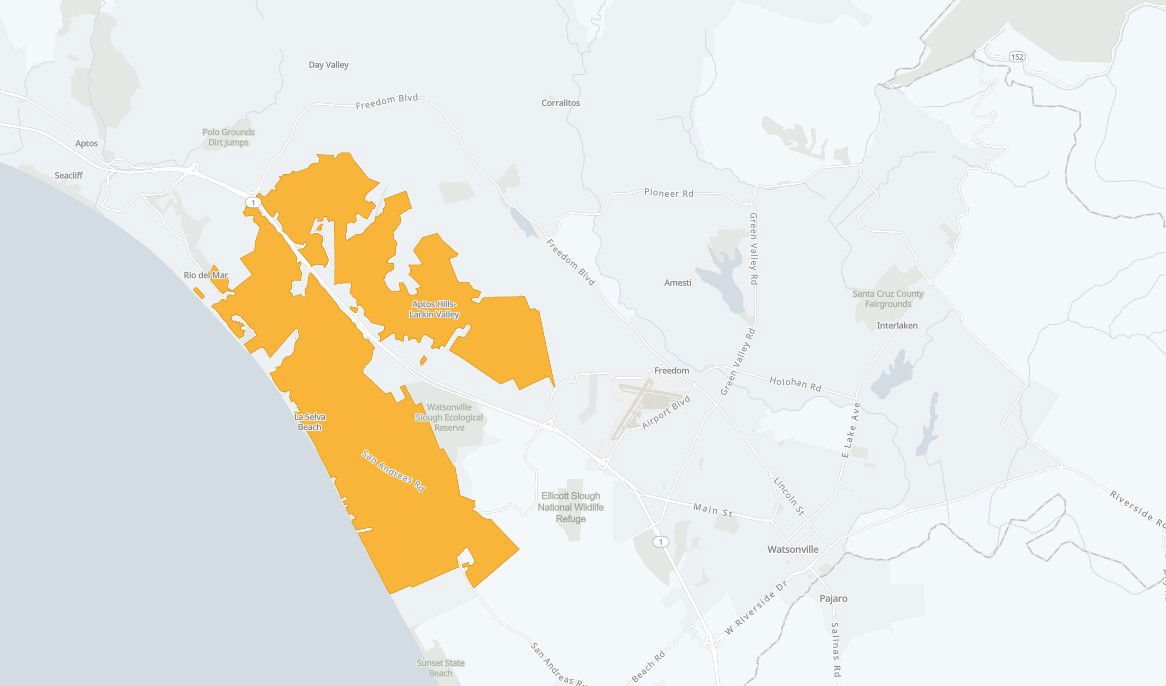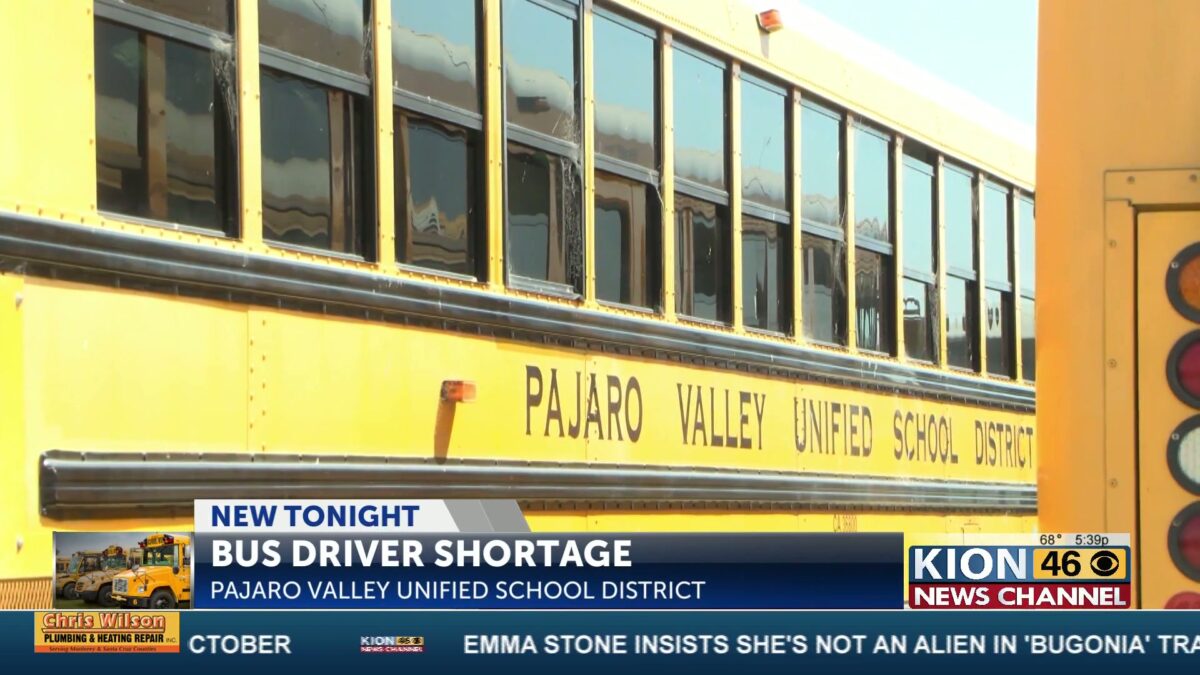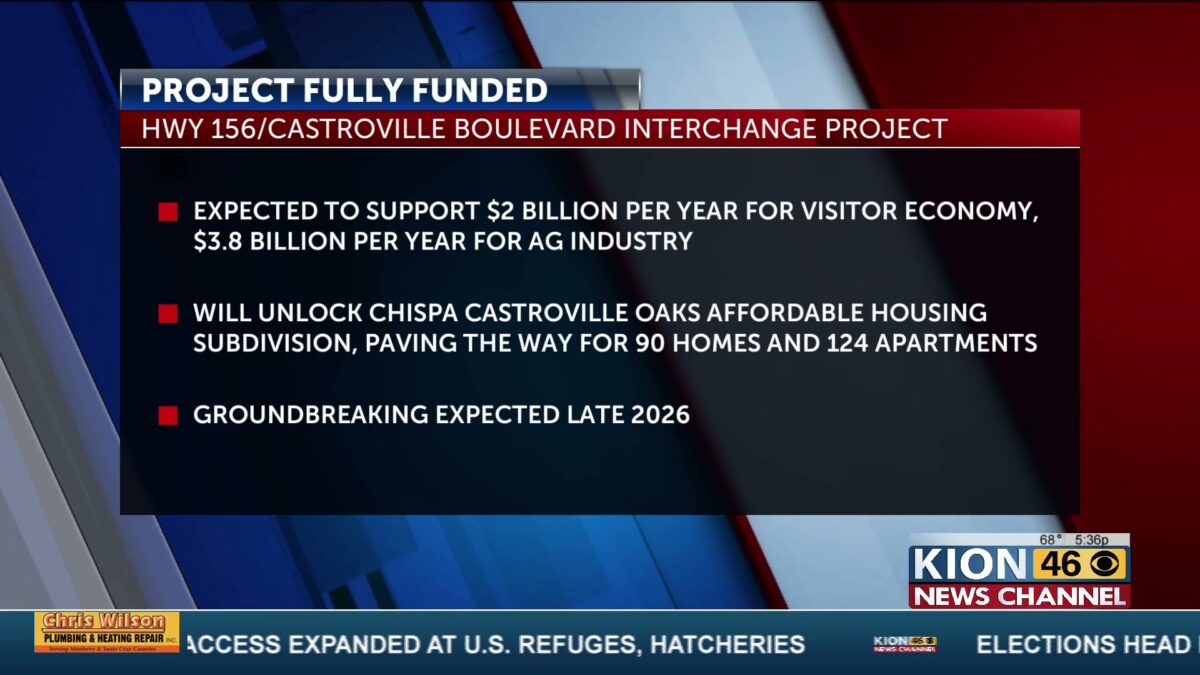Lifeguards warn of Labor Day rip currents
Briana Mathaw
SANTA CRUZ COUNTY, Calif. (KION-TV) —The heat sent thousands flocking to the coast this Labor Day weekend, with beaches across Santa Cruz County packed with families and beachgoers looking for relief.
But while the coast offers a break from soaring inland temperatures, it also comes with a warning: strong rip currents are making conditions especially dangerous.
“The swell, the crowds, and the temperature are really going to increase the number of rescues that we see,” said a lifeguard.
KION’s Briana Mathaw reports from Santa Cruz, where the beach boardwalk and surrounding shores were filled with people enjoying the long weekend.
Beaches were busy Monday afternoon as people looked for a way to cool down.
“I got to get in the water. It’s way too hot not to be in the water right now,” said one beachgoer.
“Are you planning on getting into the water today?”
“Yeah, I am,” the beachgoer replied.
“It was really hot. So it was a great day for the beach, means great day to be in the water. And we have just larger crowds and larger swell,” said a lifeguard.
Lifeguards were out in full force, watching swimmers closely as rip currents continued to form.
“A really strong current that will pull you out. And then with the slope of the beach, as the water comes back down that hill, it’ll kind of pull you down so people will get knocked over. And then if you can’t find your feet, it can be really dangerous,” said a lifeguard.
Checking in with a lifeguard before heading into the water can make all the difference.
“Checking in with a lifeguard is going to be a great idea, because they’ll know the section of the beach that they’re on is going to have its own sort of hazards,” said a lifeguard.
Some beachgoers were choosing to stay safe by keeping their distance from the shoreline.
“Just keep watching the water, be safe on the shore. I won’t be too close,” said one person.
“Keep your eye on the ocean. Never turn your back on the ocean,” said another beachgoer.
Parents especially were keeping a close eye on their children.
“We’re just making sure they’re close to us and that we have an eye on them at all times. And, you know, we’re not getting too far, too far away from the shore,” said a parent.
Lifeguards say they’ve already performed dozens of rescues over the holiday weekend.
“Over the past couple days, we’ve had probably in the 30s, and those have ranged from people out in the water who got caught in a rip,” said a lifeguard.
Some experienced swimmers said they feel safe as long as they respect the water and pay attention to the conditions.
“If we commit ourselves to getting in the water for a swim, we swim through the shore break offshore. And then the only concern is when you’re coming in,” said a swimmer.
Those strong rip currents are expected to last through 11 PM Monday night. If you’re headed to the beach, officials are urging everyone to stay alert, check in with a lifeguard, and never turn your back on the ocean.
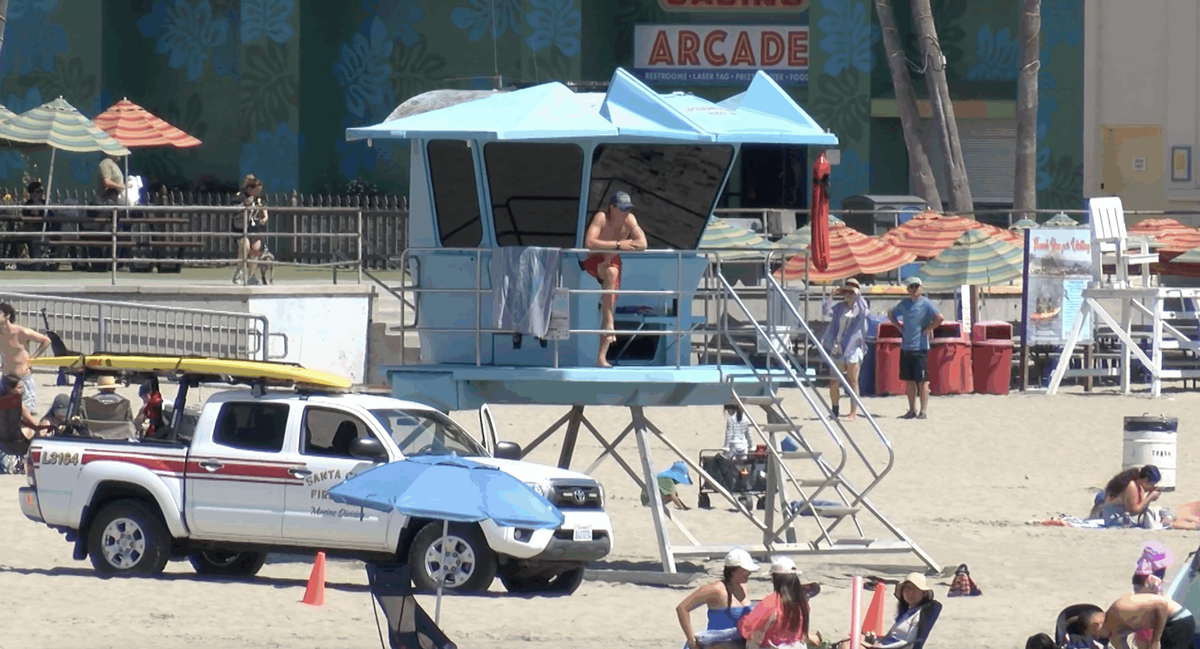
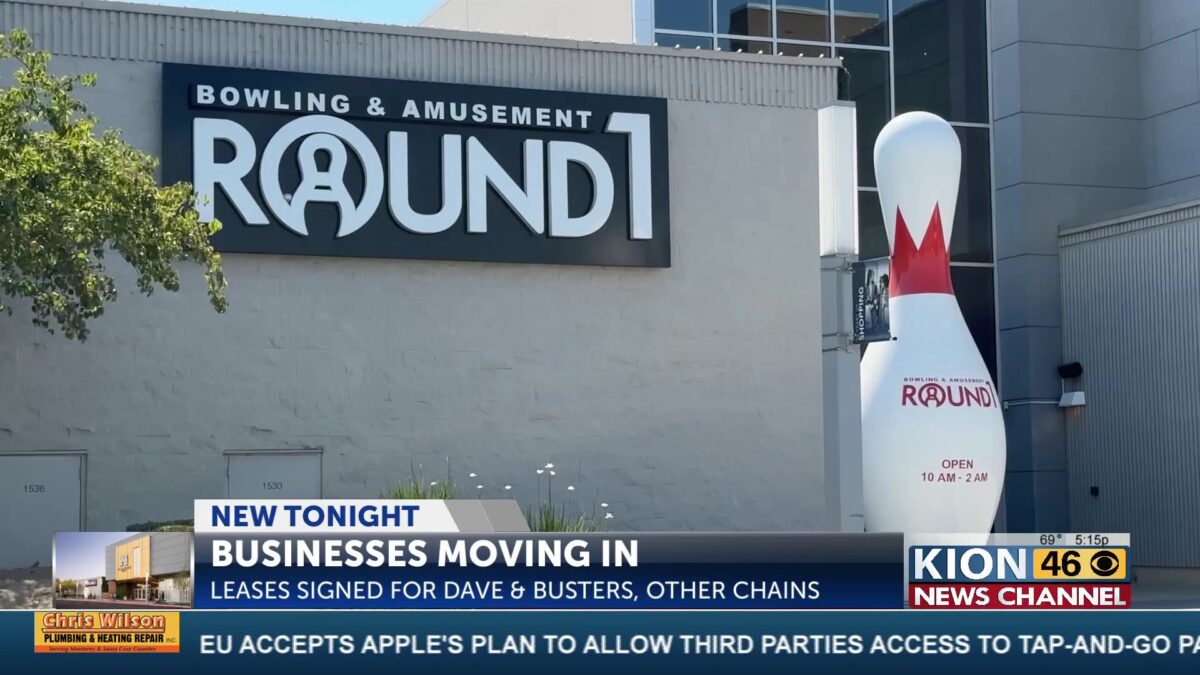
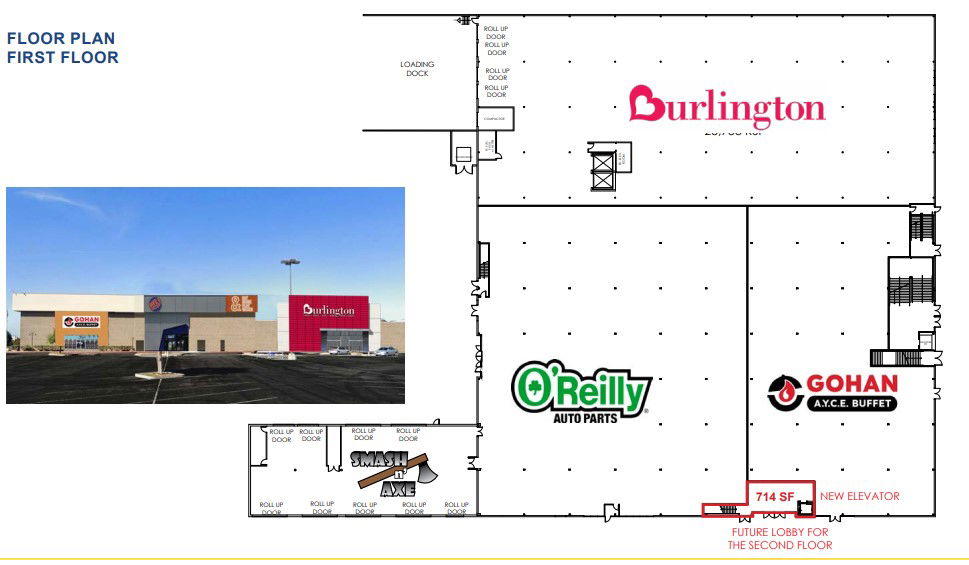 Plans for First Floor of former Sears building (Courtesy of Ethan Conrad Properties)
Plans for First Floor of former Sears building (Courtesy of Ethan Conrad Properties) Exterior images of businesses coming to Northridge Mall (Courtesy of Ethan Conrad Properties)
Exterior images of businesses coming to Northridge Mall (Courtesy of Ethan Conrad Properties) Exterior image of businesses coming to Northidge Mall (Courtesy of Ethan Conrad Properties)
Exterior image of businesses coming to Northidge Mall (Courtesy of Ethan Conrad Properties)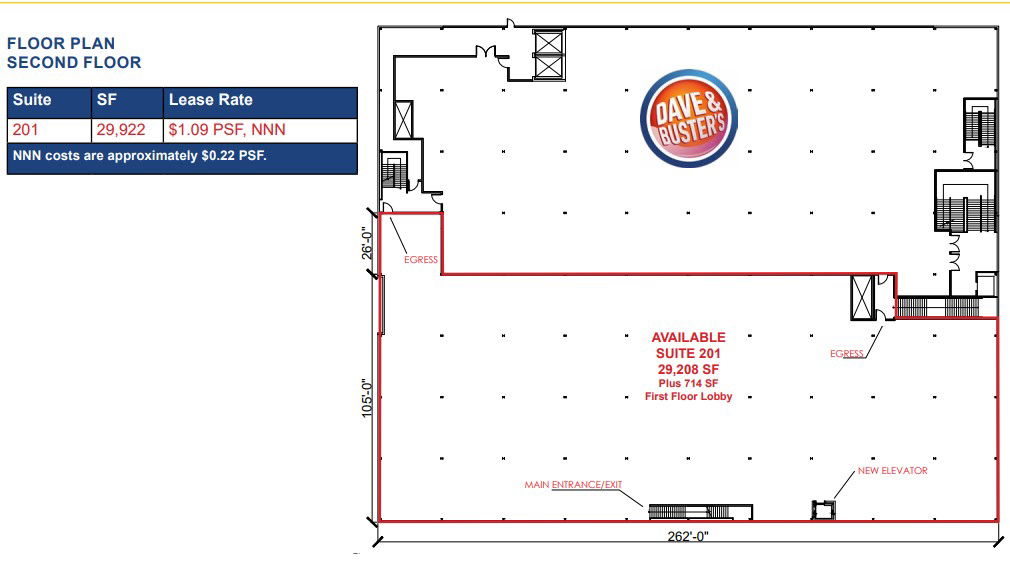 Plans for Second Floor of Former Sears building (Courtesy of Ethan Conrad Properties)
Plans for Second Floor of Former Sears building (Courtesy of Ethan Conrad Properties)